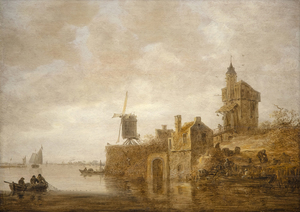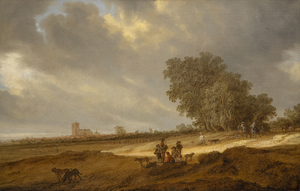סן פרנסיסקו

סו קים
יועץ אמנות
סן פרנסיסקו
סו קים היא יועצת האמנות של הת'ר ג'יימס. סו מביאה יותר מ -30 שנה של אמנות מגוונת וניסיון יוקרתי להת'ר ג'יימס אמנות יפה. היא עבדה בתחומי האמנות, הצילום, עיצוב הפנים והמוצרים, האדריכלות, הנדל"ן והאירוח במספר ערים כולל סן פרנסיסקו, ניו יורק, הונג קונג וסינגפור. היא מדברת איטלקית וצרפתית. סו קיבלה תואר ראשון בהיסטוריה של אמנות מזרח אסיה ממכללת ברנרד, אוניברסיטת קולומביה ועמיתה למדע שימושי בעיצוב פנים מבית הספר לעיצוב פרסונס.
הת'ר ג'יימס פיין ארט – סן פרנסיסקו הפכה למשאב יקר ערך עבור לקוחות מקומיים, ומספקת מגוון רחב של תמיכה וסיוע למגוון רחב של נכסים. בעזרת מומחי הת'ר ג'יימס אמנות, הנציגים שלנו יכולים לסייע לך אם יש לך שאלות לגבי קנייה או מכירה, או רוצה לקבל אובייקט מהאוסף שלך מוערך.
אנו מספקים מגוון רחב של שירותים מבוססי לקוח כולל עיזבון ותכנון מס, ניהול גבייה, שמאות, ניהול לוגיסטי, רכישות ושירותים פיננסיים.
בחדשות
שירותים
הת'ר ג'יימס פיין ארט מספקת מגוון רחב של שירותים מבוססי לקוח המתאימים לצרכי איסוף האמנות הספציפיים שלך. צוות התפעול שלנו כולל מטפלים מקצועיים באמנות, מחלקת רשם מלאה וצוות לוגיסטי בעל ניסיון רב בהובלת אמנות, התקנה וניהול אוספים. עם שירות כפפות לבנות וטיפול מותאם אישית, הצוות שלנו עובר את הקילומטר הנוסף כדי להבטיח שירותי אמנות יוצאי דופן עבור לקוחותינו.
הכירו אותנו
גלריות
שדרות פורטולה 45188
פאלם דזרט, קליפורניה 92260
(760) 346-8926
שעות: בתיאום מראש
רחוב סנטר 172, סוויטה 101
ת.ד. 3580
ג'קסון הול, וואי 83001
(307) 200-6090
שעות: בתיאום מראש





















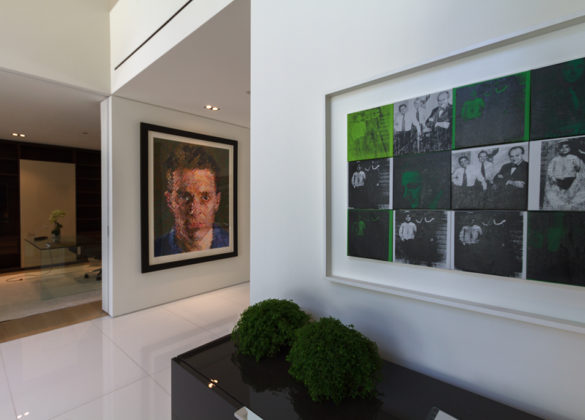
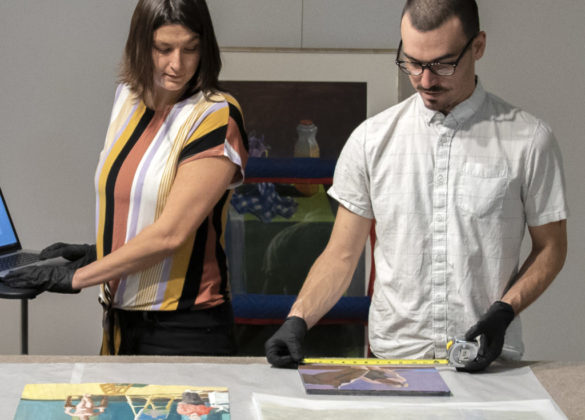











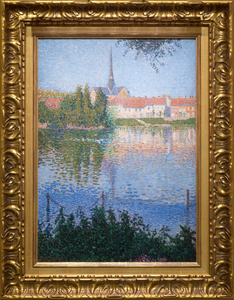
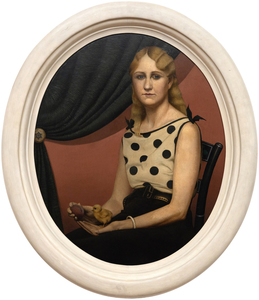
,_new_mexico_tn40147.jpg )
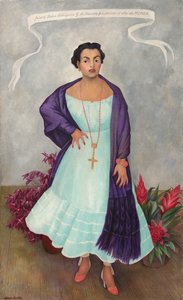
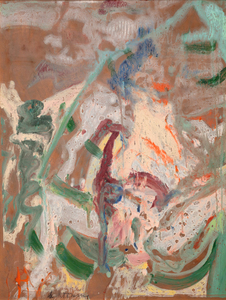
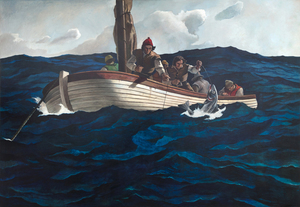
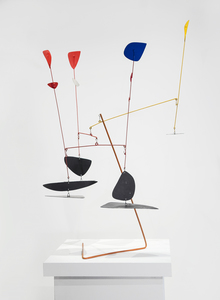
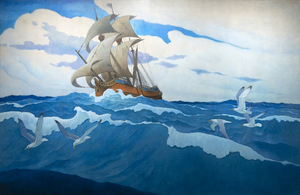
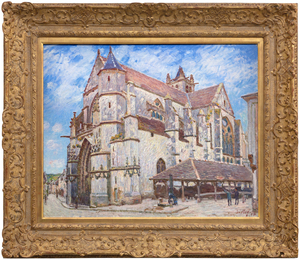
_tn45742.jpg )
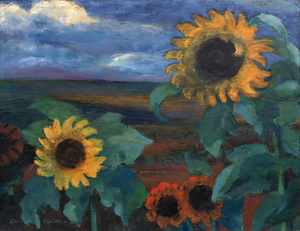
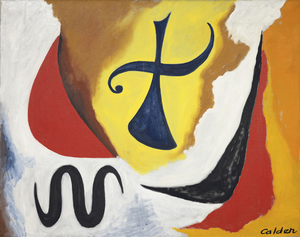
_tn43950.jpg )
_tn45731.jpg )
_tn45739.b.jpg )
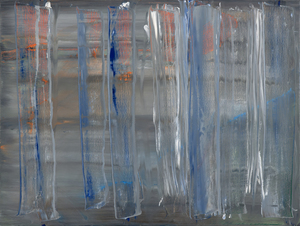
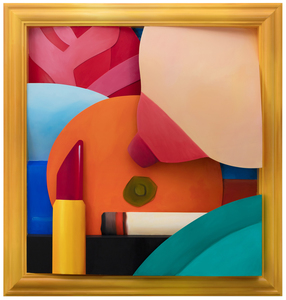
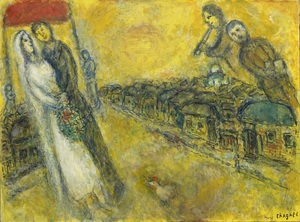
_tn45741.jpg )
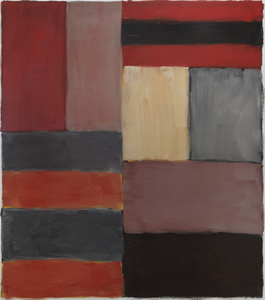
_tn45733.jpg )
_tn40169.jpg )
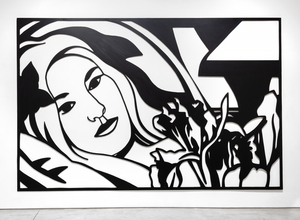
![SIR WINSTON CHURCHILL-Loch Choire, Scotland (C51) Painted while staying at Dunrobin Castle, the estate of the Duke of Sutherland, Churchill chose to set his easel behind a tree where he likely thought of it as a framing device, adding a layer of depth, creating a stronger sense of foreground, middle ground, and background, enhancing the three-dimensionality of the picture. Churchill painted at both Dunrobin as well as the Duke’s Sutton Place estate, later the home of John Paul Getty.<br><br>As Mary Soames describes it in her book, Winston Churchill, His Life as a Painter, “1921 had been a year of heavy personal tidings” for Churchill and his family, as he lost both his mother, Jennie Cornwallis-West, and his beloved child, Marigold, aged nearly four. In a letter to his wife Clementine, Churchill wrote, “… Many tender thoughts, my darling one of you and yr sweet kittens. Alas I keep on feeling the hurt of the Duckadilly [Marigold’s pet name].” That Churchill chose to stay with the Duke and Duchess at Dunrobin just after Marigold’s death speaks to their close friendship and his fondness for the area, including Loch Choire. It is no surprise that Churchill gifted the painting to the Duke of Sutherland](/Art_Images/Small/sir_winston_churchill_loch_choire,_scotland_(c51)_tn45743.jpg )
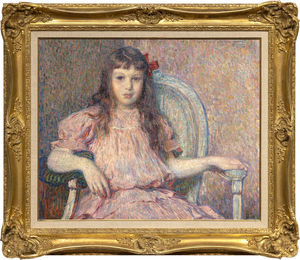
_tn45732.jpg )
_tn27035.jpg )
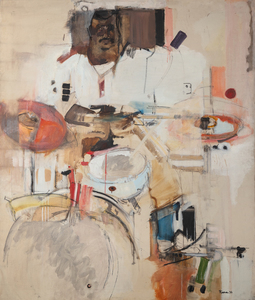
_tn45736.jpg )
_tn45745.b.jpg )
